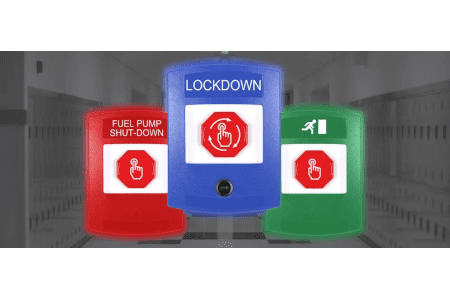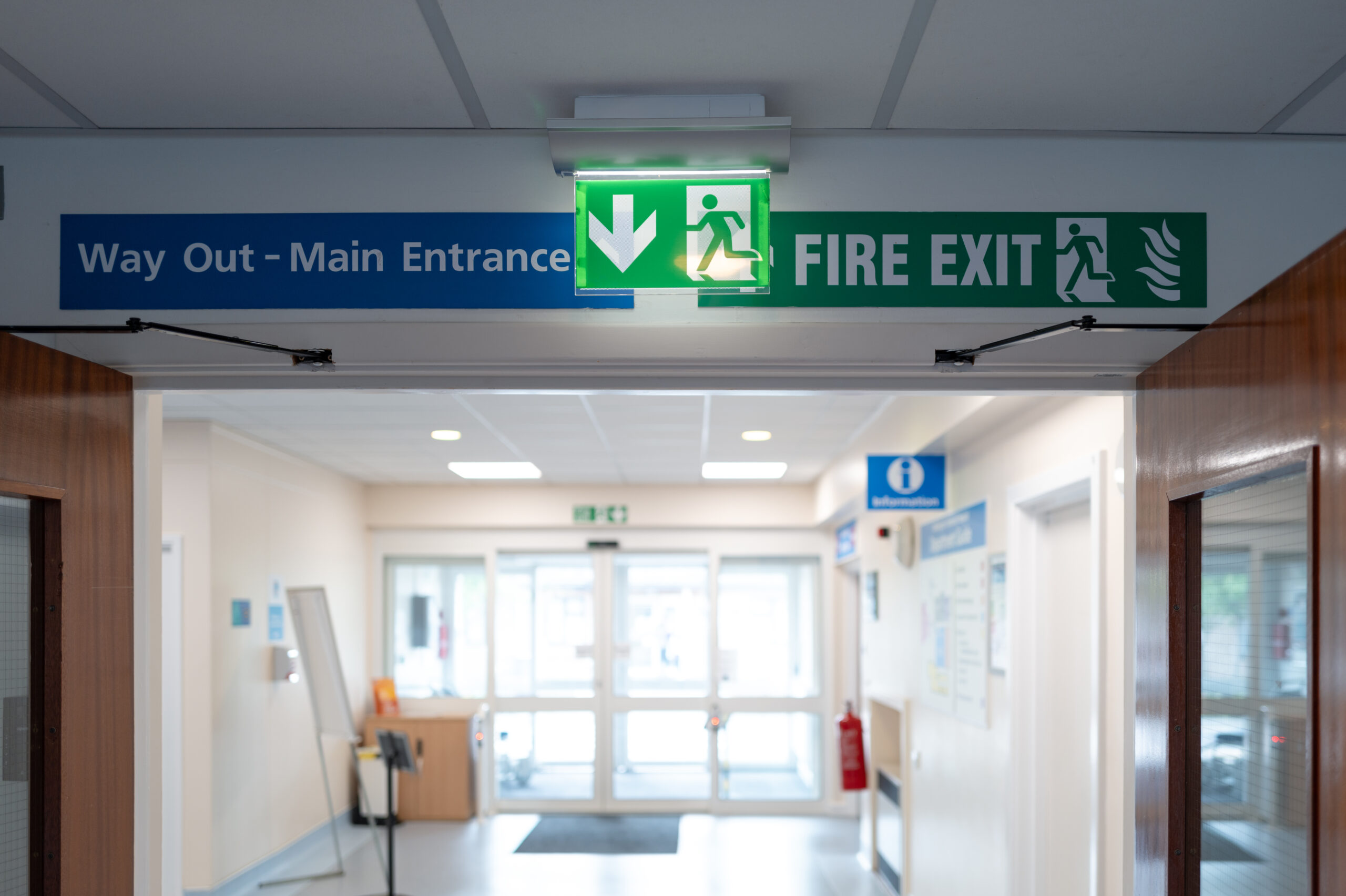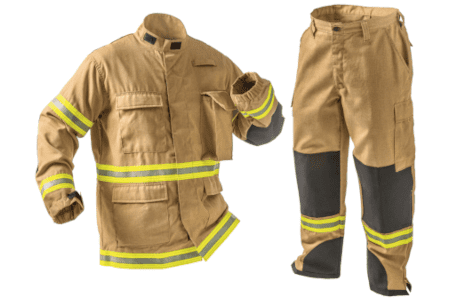New simulator’s concept was defined at this year’s IAFC Innovation Conference
The groundswell of interest generated by FAAC’s new Crew Trainer© driver training simulator system was clear to see in the halls of the FRI conference in Chicago.
FAAC’s new Crew Trainer, enabled with its proprietary new 2View© technology onboard, uses 3D technology to affix a separate viewing angle – one for the driver and a separate, visually correct viewpoint for the second front-seat crew member – for each student in the simulator. The result is that for the first time both students get the same view and, thus, the same learning opportunities.
“We are excited to bring the Crew Trainer to FRI because essentially this concept began at the IAFC Innovation Conference,” said David Bouwkamp, FAAC’s Executive Director of Commercial Business Development. “It was at that conference that we received the positive feedback to the Crew Trainer that we needed to begin making the physical product. It will be satisfying to share with them the result of their inputs.”
FAAC officials were invited to the 2013 IAFC Innovators Conference and conducted a presentation of the Crew Trainer simulator. After receiving input from the chiefs and instructors in attendance at the conference, they set forth on a design and build plan and schedule. The prototype Crew Trainer was unveiled in March at FDIC and company officials asked for attendee input through a survey. Survey questions gauged participants’ overall reaction to the simulator, whether the system had a practical application in their driver training program, and if the Crew Trainer could help them achieve their training goals. Survey results were overwhelmingly positive, and respondents gave many examples of how they would incorporate a second learning seat into their driver training program. Ideas ranged from initial incident command to train the trainer programs for officers teaching new apparatus drivers.
Since FAAC engineers unlocked the Crew Trainer’s proprietary 2View capability, an entirely new training landscape has emerged. For the first time, fire departments can train their drivers and officers in a collaborative learning environment that builds critical teamwork experience and the oversight skills necessary to comply with national training standards. Officers must be provided training because they are ultimately responsible for the actions of the vehicle driver, according to driver training standards set forth by the National Fire Protection Association (NFPA 1500: A6.2.4).
Training capabilities include :
• Officer roles and responsibilities to conform with NFPA standards;
• Teamwork, collaboration, and communication between driver and officer;
• Initial on-scene command strategies and tactics;
• Proper radio communication between dispatch and other responders;
• Evaluation and coaching skills for officers, and
• In-cab equipment operation.
“The problem in the past with two-seat simulators was that the view from the officer seat was not configured properly for its position in the simulator,” said Bouwkamp. “As a result, the student in that second seat sees a skewed image of the virtual driving world and soon becomes sick from the distorted view.”
2View technology can separately compute and render the same scene from two unique points of view, which enable both driver and officer to process their own full-screen image separately from each other in perfect, high-definition quality. While not new to the military and aviation industries, this dual-view technology is a first in commercially affordable simulation applications.
“It will be exciting to watch departments bring these 2View simulators on board and see how they use that second seat to expand their current training programs,” said Bouwkamp. “We are proud of our engineering team that they were able to design that second viewpoint from the officer’s seat. It was not an easy task, but this is where FAAC excels – understanding the training demands and objectives and then putting our resources to task to find the solution.”








